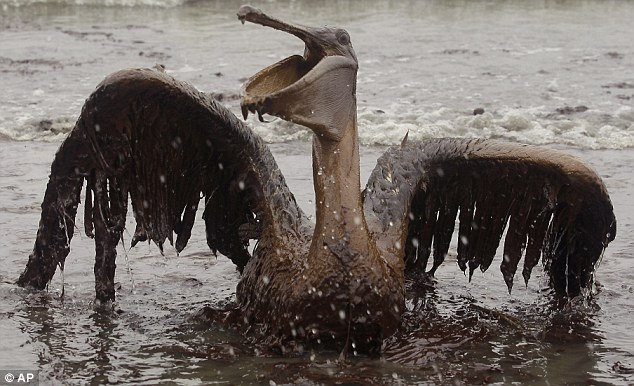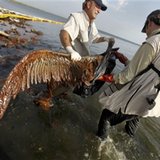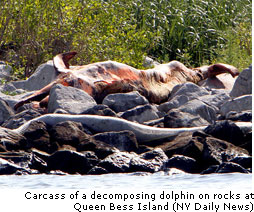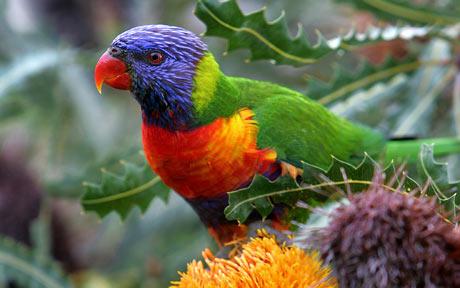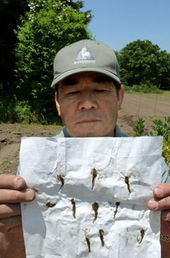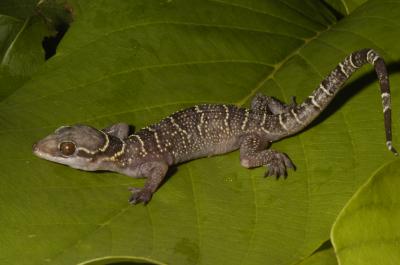
The discovery by former University of California, Berkeley, students Adam D. Leaché and Matthew K. Fujita demonstrates the wealth of biodiversity still surviving in the islands of tropical rain forest in West Africa, and the ability of new DNA analysis techniques to distinguish different species, even when they look alike.
"We tended to find this gecko, Hemidactylus fasciatus, throughout our travels in West Africa," said Leaché, a herpetologist with UC Berkeley's Museum of Vertebrate Zoology. "Despite the fact that it is recognized as one species, using new methods we have established a high probability that it is composed of at least four species."

